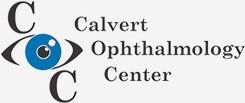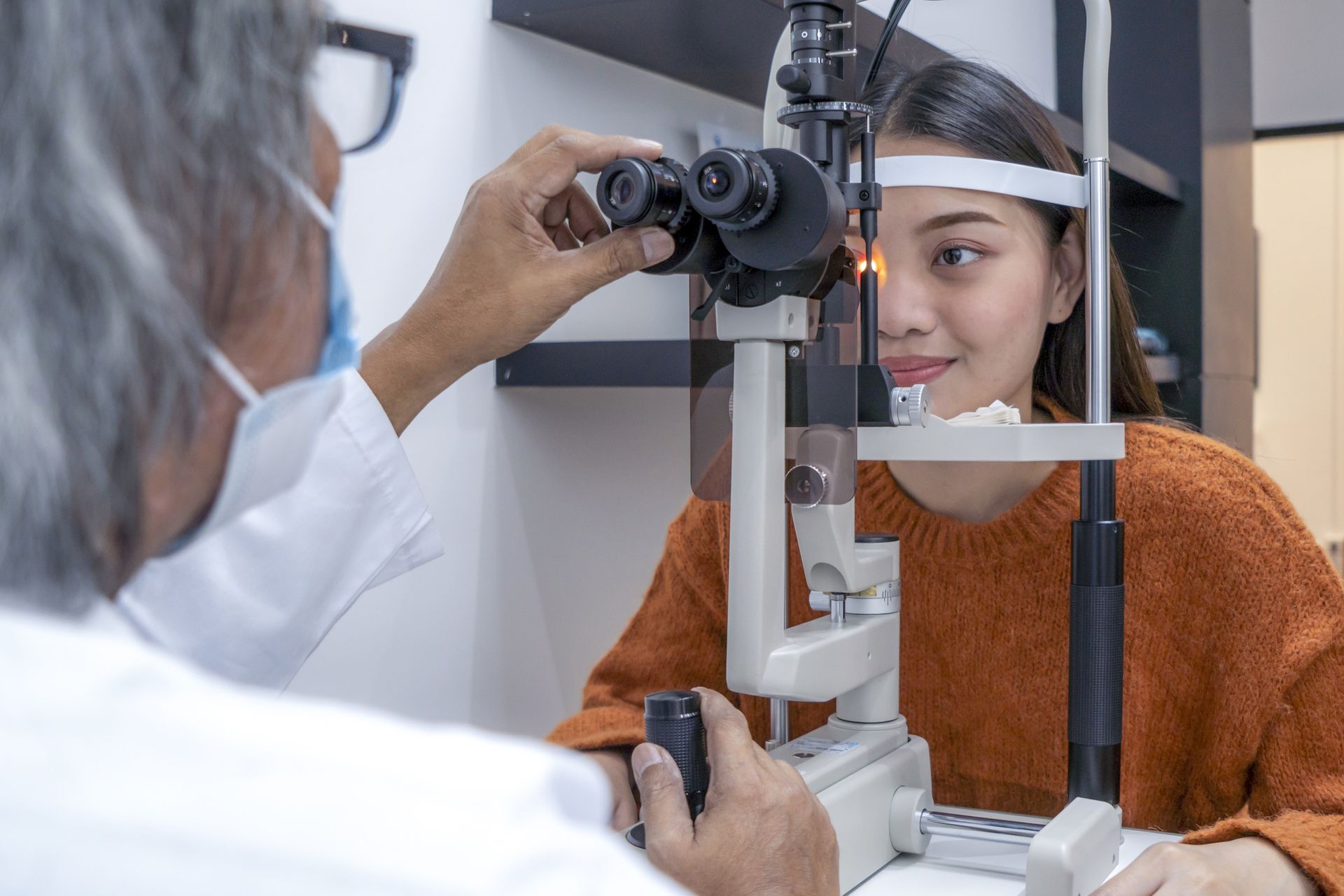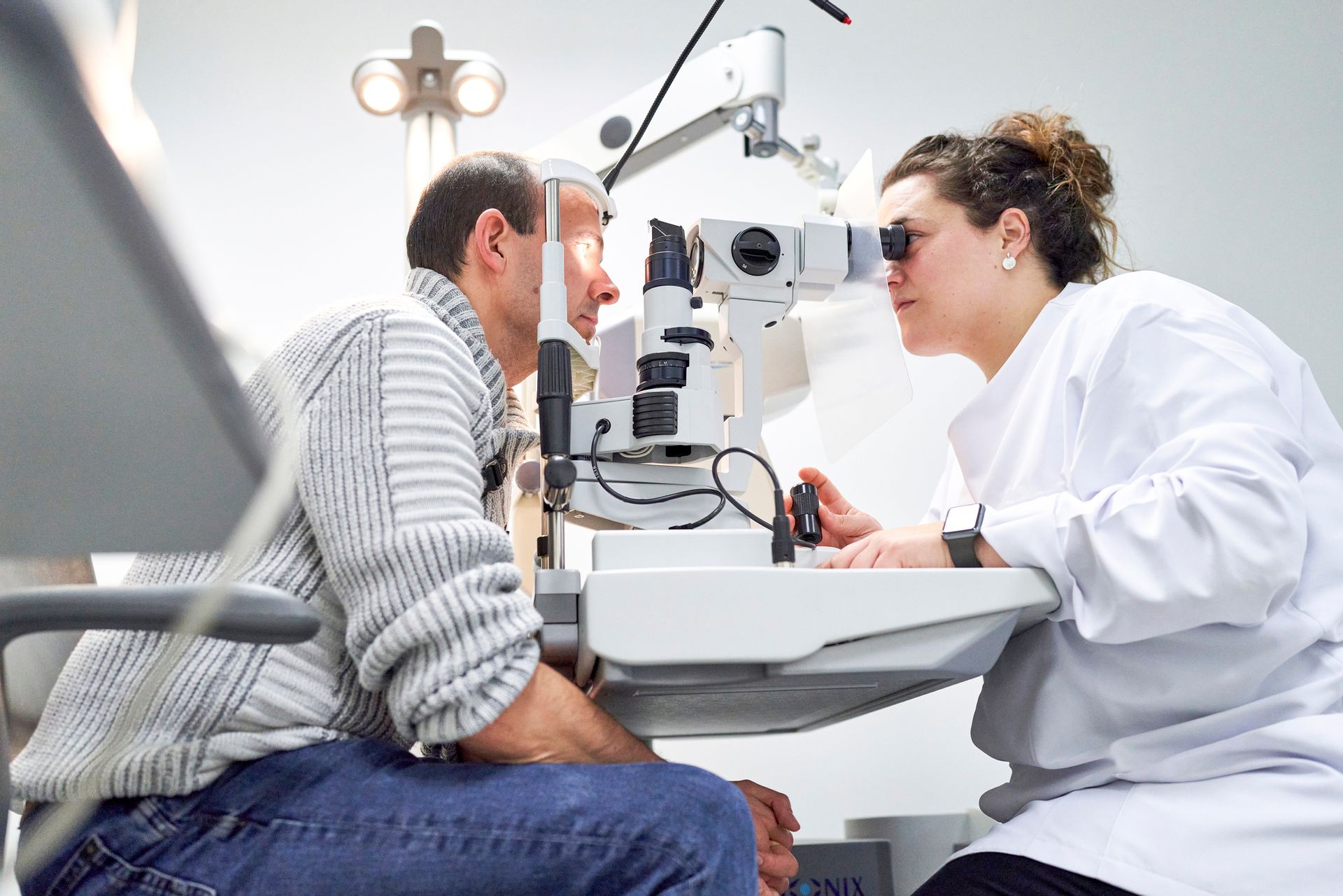4 Key Points About Amblyopia

Amblyopia, more commonly known as lazy eye, can limit an individual's vision in subtle ways that even they may not recognize. In this condition, the vision center of the brain relies more heavily on one eye's input at the expense of the other eye, reducing the binocular vision that makes depth perception possible.
Amblyopia tends to appear in early childhood, affecting about two percent of the pediatric population. The more you understand about amblyopia, the more effectively you can seek treatment for your child or even, in some cases, for an affected adult. Check out these four key points about amblyopia.
1. Amblyopia Can Occur for Many Reasons
Although people refer to amblyopia as lazy eye, the true problem lies in the way the brain chooses to process the visual data relayed from the eye in question. Anything that impairs vision in one eye can cause the brain to rely on clearer images from the other eye, ignoring the images from the affected eye.
Amblyopia takes three primary forms. In strabismic amblyopia, the eye muscles cannot bring both eyes into proper alignment. In refractive amblyopia, a serious refractive error in one eye limits the usefulness of that eye. In deprivation amblyopia, cataracts, corneal scars, and other barriers block incoming light to the eye.
2. Amblyopia Sufferers May Not Recognize a Problem
The brain has a remarkable ability to compensate for incomplete or corrupted sensory data. By emphasizing one eye's information over another, the brain's visual center can provide the sufferer with enough visual clarity that the sufferer may not even recognize any limitations, especially in children who have always had the condition.
For this reason, parents should not only maintain the pediatric eye appointments recommended by their family eye doctor, but they must also know how to recognize possible amblyopia symptoms. Look for signs such as unconscious squinting, head tilting, closing one eye to see more clearly, and bumping into objects.
3. Your Ophthalmologist Can Confirm a Case of Amblyopia
The earlier a case of amblyopia receives proper diagnosis and treatment, the better. The most successful treatment occurs before a patient reaches the age of eight. For this reason, you should make sure that your child undergoes periodic eye exams according to your eye doctor's recommended schedule.
The same ophthalmologist that you turn to for medical eye treatment can also perform a comprehensive eye and vision exam to detect the source of your child's vision issues, including amblyopia. Children aged three and older can describe any trouble they have making out shapes or letters on an eye chart.
Even if your child has not yet reached verbal age, your ophthalmologist can detect any medical problems in the eyes that might lead to amblyopia. For instance, illuminated instruments can reveal the presence of a juvenile cataract or tumor that interferes with the eye's normal function.
4. Amblyopia Can Respond Well to Treatment
While an optometrist can often confirm an amblyopia diagnosis and provide some forms of treatment, only an ophthalmologist has the additional ability to administer surgical correction or other extensive medical treatment as needed. Fortunately, amblyopia often clears up completely with the right treatment.
The least invasive options for treating amblyopia include patching, eye drops, and vision therapy. Your ophthalmologist may patch the more heavily-used eye or apply eye drops containing atropine to temporarily blur vision in that eye. This strategy forces the brain to use the other eye's data, encouraging the return of binocular vision.
Vision therapy can prove helpful for kids who suffer from strabismic amblyopia. Special eyeglasses and eye exercises can help train the eye muscles to coordinate with each other more accurately and improve eye alignment.
If a physical problem in the eye blocks the eye's ability to contribute to binocular vision, your ophthalmologist may prescribe surgery. Examples might include lens replacement surgery to remove a congenital cataract, corneal surgery to deal with scarring, or tumor removal surgery.
You can count on Calvert Ophthalmology Center as your entire family's resource for both routine and advanced eye care. Contact any of our locations to schedule an appointment.












